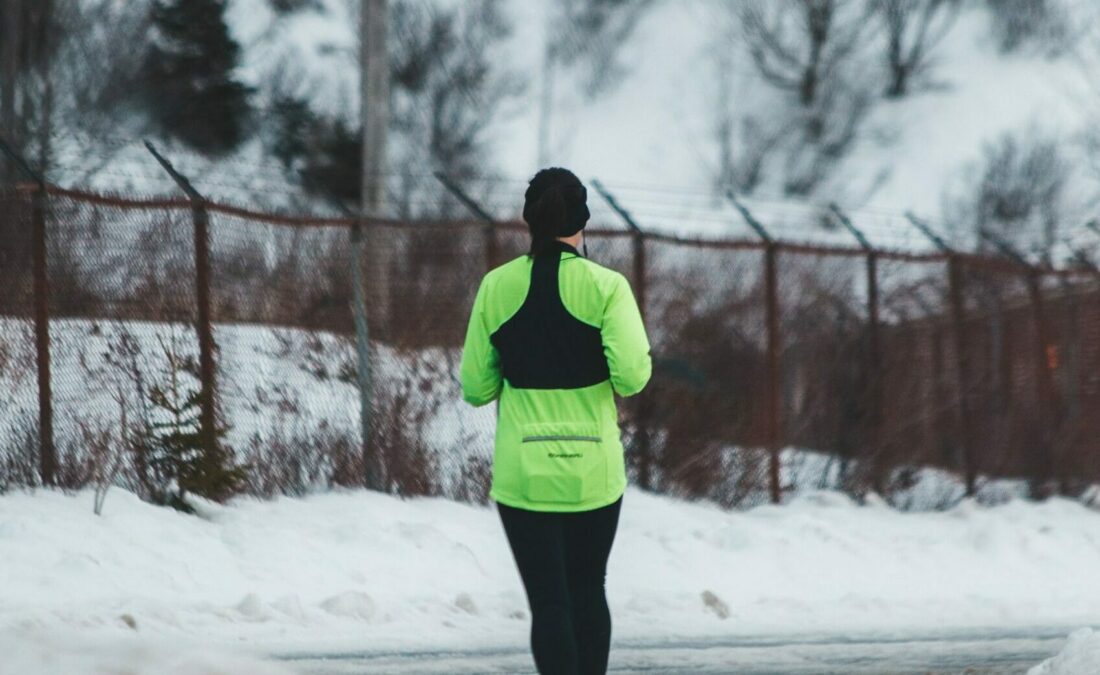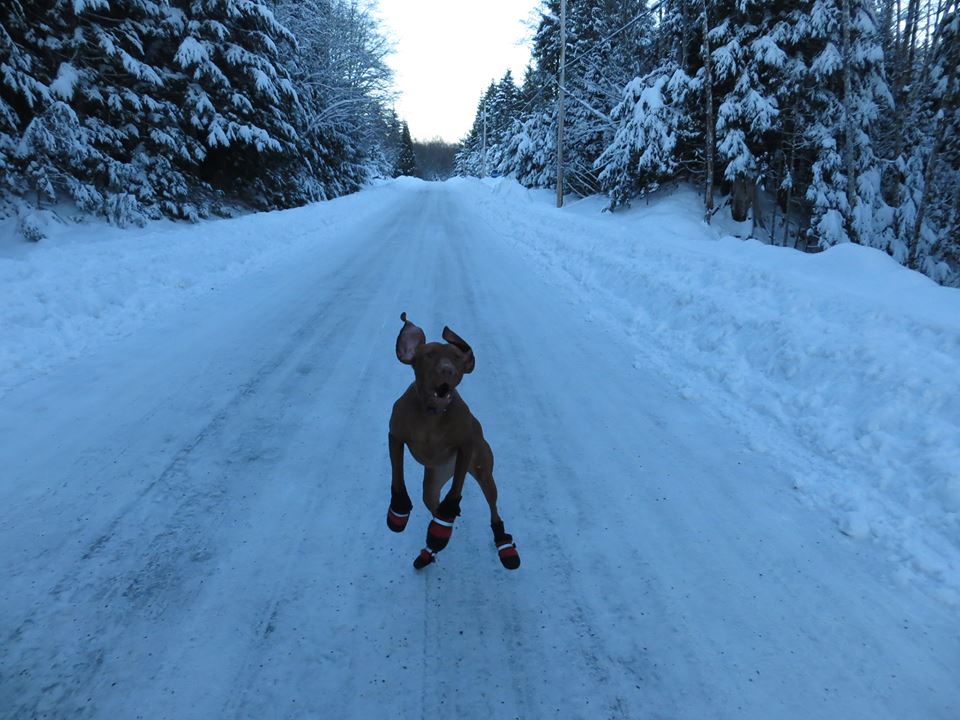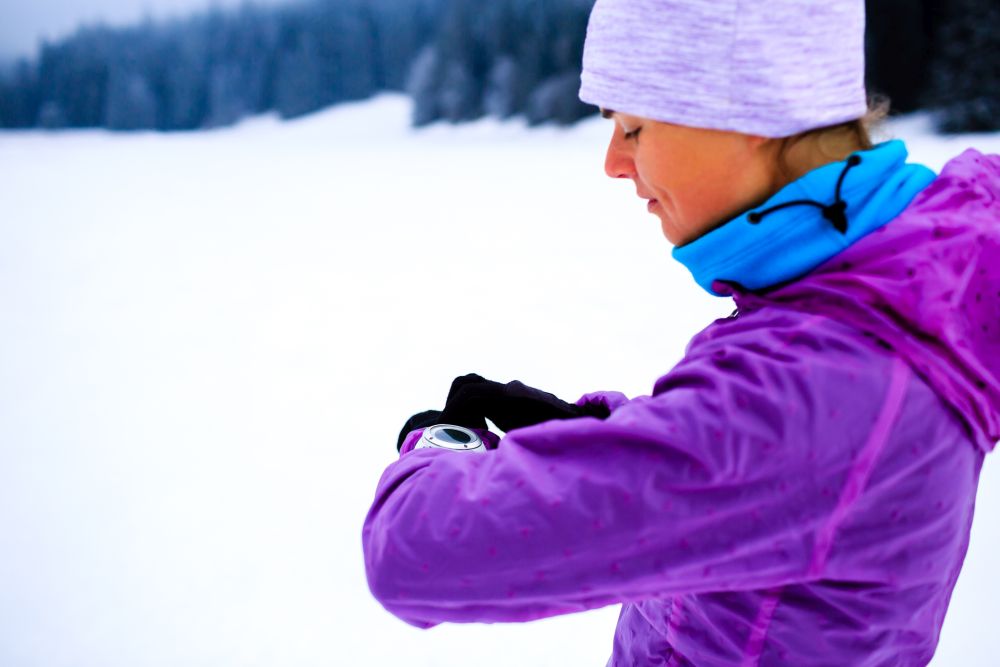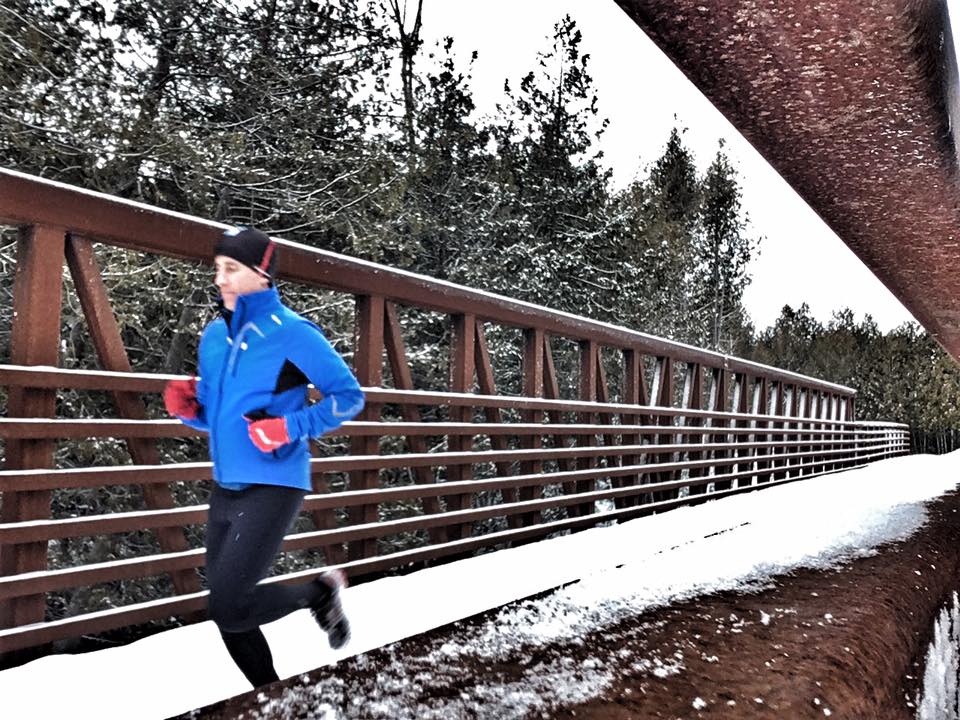Should you buy Gore-Tex shoes this winter?
David Stol of BlackToe Running gives us the low-down on how to select shoes for winter running

As winter sets in and temperatures drop, runners across Canada are faced with the question of whether to invest in specialized winter running shoes. Gore-Tex has become an increasingly popular choice for runners who want to keep their feet warm and dry, but they generally cost a little more than regular shoes that let you know pretty quickly when you step in an icy puddle. Are they worth the price tag? We sat down with David Stol, who, in addition to being the new host and producer of Canadian Running’s The Shakeout Podcast, works part-time at Toronto’s Black Toe Running, to discuss the pros and cons of Gore-Tex running shoes.
What is Gore-Tex?
Gore-Tex is a brand of waterproof fabric made with a variant of polytetrafluoroethylene, known as expanded PTFE. Created in the 1960s, it traps heat inside your shoe to keep your feet warm and dry. “It keeps heat in and repels any kind of moisture from water or snow. That’s a pro, but it could also be a con,” says Stol, explaining that, while most shoe brands claim that even their Gore-Tex shoes have breathable uppers, you really want them only on very cold days, since they have a tendency to trap sweat on milder days.

Who should consider buying Gore-Tex shoes?
To determine whether Gore-Tex shoes are a good option for you, consider the typical weather conditions in your area and the surfaces you’re running on. Living in southern Ontario, Stol admits he does not often recommend Gore-Tex shoes to runners asking about winterized trainers. “There are specific models that I think have merit, but I think for the most part winter conditions in Toronto are not harsh or cold enough to warrant it,” he says.
If you’re a trail runner, Gore-Tex may be a good option, since those environments shift more significantly between seasons. Having some protection from wet conditions can go a long way to keeping you comfortable on your run. The same can be said if you live in an area where the snow plow doesn’t come by often, and you frequently find yourself high-stepping through the snow.

The more important consideration is temperature. Stol explains that if it’s above 0 C, Gore-Tex shoes can get very hot, which may cause blisters. “Typically I’ll tell people when they’re asking [about Gore-Tex] ‘imagine a day when the temperature goes up to five degrees in the winter. Are you going to be able to wear those shoes?’” he says.
So if you live in a part of the country that experiences much harsher winters with prolonged stretches of cold (- 15 C or lower), Gore-Tex may be a good choice. If you don’t, it may not be worth paying the extra money for shoes you’re only going to wear a couple of times a year.

Other considerations
For many runners, traction is a more important consideration than water resistance or insulation. Unfortunately, not all “winterized” shoes provide adequate treads, according to Stol.
“I would definitely recommend people pay attention to the tread,” he says. “Does it feel the same as your [regular] trainer? If so, I don’t really care as much about it being water resistant or water repellent; I’d worry more about the fact you might still slip on it, for the price you’re paying.”
Ultimately, he recommends visiting your local running store to speak with someone who’s not only knowledgeable about shoes, but who knows what it’s like running in your area and can recommend a shoe based on the weather and terrain you’re likely to be dealing with.

